Mosman Council & Optimal Stormwater
Enhancing the Yield and Reliability of Recycled Water: The Process of Improving the Efficiency and Reliability of the Botanic Stormwater Harvesting Scheme Operations
This project is NOT about the original design, construction and benefits of having a stormwater harvesting scheme at Balmoral. That project would be in the category of Infrastructure and that project was done 9 years ago. This project is VERY different, it is about Asset Management.
This project IS about the process Council went through, taking a sub-par stormwater harvesting scheme, that was not meeting Council expectations, and overcoming all the issues, to bring it fully back to life. The system was not operating satisfactorily until we dedicated the funding to its investigation and renewal, and selected the right partner that specialises in this field to assist us.
Council noted that it was not getting the water sustainability outcomes it expected from the significant investment in infrastructure it had made. We considered various partners to assist us, however, as we had worked successfully with Optimal Stormwater on numerous previous occasions, we engaged them to advise us why the scheme wasn’t working as expected, and what would be required to get it fixed and fully operational.
Optimal proposed to start with an Audit/investigation to understand how everything was supposed to work, from the offtake to the irrigation system, and which elements had problems. This was then done swiftly and professionally, and clarified the scope for the remainder of the project. Issues encountered included:
• An ant infestation in the warm control box
• pH levels over 13!
• Pumps not connected
• Electrical systems not meeting WHS standards
• Inadequate cleaning of the CDS Unit Gross Pollutant Trap
• Lid issues with bolts seized
• The pumpwell full of settled solids
• Incorrect plumbing,
• sensors located inappropriately
• pump and pressure problems
• operation set on a timer, not based on water availability
• lack of adequate WAE drawings, and plant operation documentation
• And, a UV system that was unreliable and hated by the Irrigation Contractor who was supposed to operate this scheme.
A list of upgrade and renewal works was discussed and agreed, and with a price tag of only 5% of the original investment, to take a problematic system from not performing satisfactorily to exceeding our expectations, was considered to be a very good investment for Council.
Optimal Stormwater continued to assist us with this work, and having the same contractor responsible for investigation, then redesign, then construction, then commissioning, then operation for a year, meant a much smoother project for us with less risk with only one company responsible for all elements.
Key elements of the final upgraded scheme included:
• A new UV system
• Upgrading of the CDS unit lid, plus comprehensive cleaning of the device
• Cleaning of the pumpwell and connection of the second pump
• Upgrading of all electrical, plumbing and WHS issues to meet Aust standards
• Addition of an acid dosing system to control the high pH
• Replumbing the turbidity meter so it could work
• Tuning the pump flowrate and pressure to get more water to the irrigation system
• Changing from an auto timer operation to a water availability operation to maximise harvested water volume
• A proper O&M Manual, and project documentation
• A Risk Analysis of the scheme, and
• Commissioning of all elements, and validation of water quality
Due to the acid dosing involved we then engaged Optimal Stormwater to operate the plant for us, for one year, and fine tune it to minimise its ongoing operational costs.
After substantial capital investment and years of subpar performance, we are now very happy with our project partner, but even happier to have our scheme finally producing megalitres of high quality water for our premiere sporting facilities. This project is an example of what can be achieved when you engage the right people for the job, and work together to make it happen. The investigations, upgrade and proper management of this scheme is finally producing 4ML/year of usable irrigation reuse waters and is meeting 100% of our expectations.
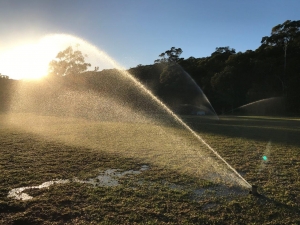 |
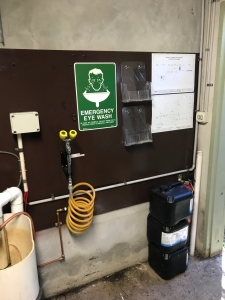 |
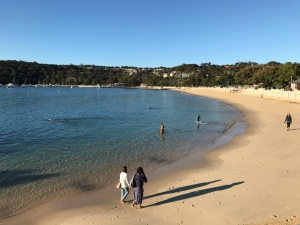 |
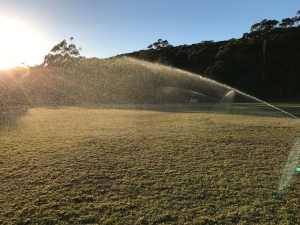 |
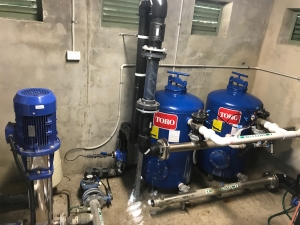 |
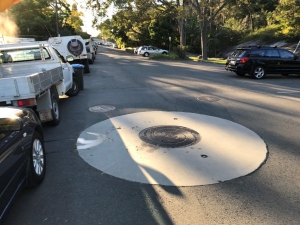 |
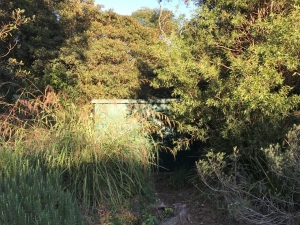 |
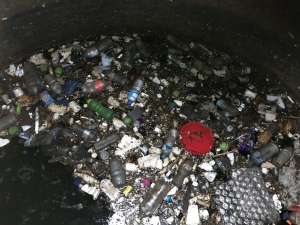 |
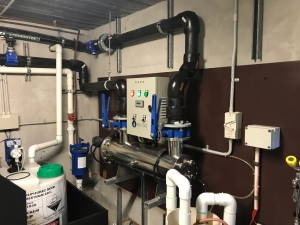 |




